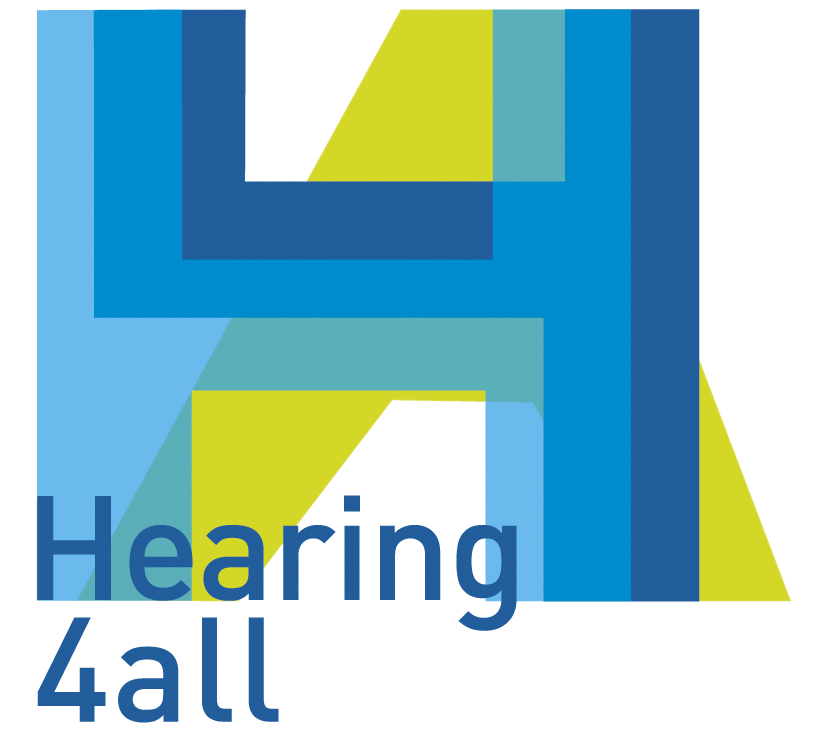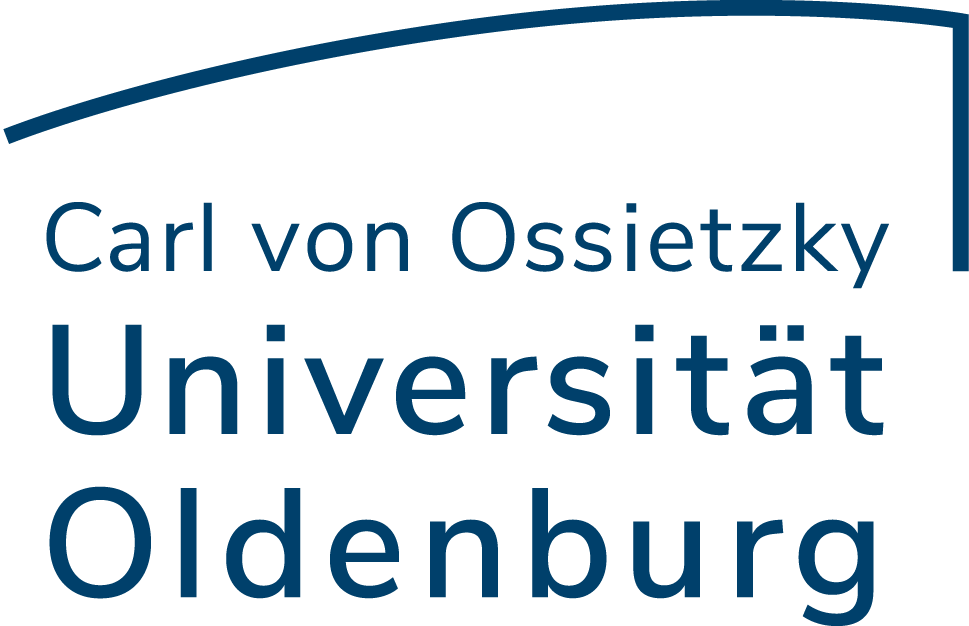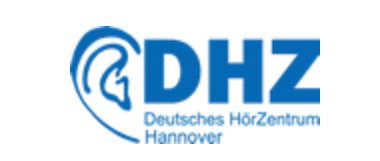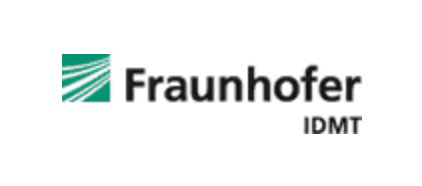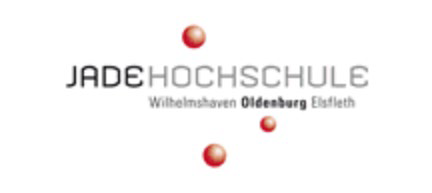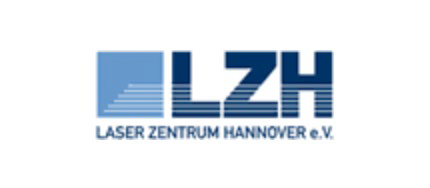New bridge professorship in Oldenburg
Dr Jan Rennies-Hochmuth has been appointed professor of Hearing-, Speech- and Neurotechnology at the Department of Medical Physics and Acoustics as part of a joint process between the University of Oldenburg and the Fraunhofer Institute for Digital Media Technology (IDMT). The physicist and hearing researcher is also head of the Personalized Hearing Systems research group at the Oldenburg Branch for Hearing, Speech and Audio Technology (HSA) of Fraunhofer IDMT. The bridge professorship is the result of the successful collaboration between the university and the Fraunhofer Institute as part of the Hearing4all Cluster of Excellence.
Congratulations on your appointment as Professor of Hearing, Speech and Neurotechnology, Jan Rennies-Hochmuth! Can you explain the concept of the bridge professorship?
Thank you!
“Bridge” refers to the content here. The aim is to further improve the transition between basic research and research transfer. There are various formal models in which Fraunhofer institutes and universities collaborate through professorships. In my case, it is the so-called ‘Jülich model’. This means that I was immediately released from the university after my appointment. My main tasks are the management, development and expansion of the “Personal Hearing Systems” group at the Hearing, Speech and Audio Technology HSA branch of the Fraunhofer Institute for Digital Media Technology IDMT. At the university, I will be involved in teaching to a small degree in order to incorporate transfer-oriented topics into teaching. Above all, I can now participate in shaping the content of the Department of Medi-cal Physics and Acoustics and also acquire third-party funding there.
What characterizes your research work at the Fraunhofer IDMT-HSA? What research ques-tions and goals are you focusing on?
My research focuses on methods and technologies for measuring, modeling and improving sound and speech perception. For example, my team and I work with various hearing models that can predict listening effort and speech intelligibility. We compare the models with listening test results from participants and use them to test and optimize speech enhancement technologies or to adapt them in real time to changing acoustic environments. Another focus is sound personalization, that is, optimizing the listening experience based on individual factors such as hearing impairment or sound preferences. Together with other groups at the institute, we are working to ensure that research results are turned into usable technologies. The focus here is always on practical implementation and the concrete benefits of the research for our industrial partners from a wide range of sectors.
Can you describe the cooperation between the university and the Fraunhofer IDMT so far?
I have been able to accompany and help shape the development of the Fraunhofer IDMT-HSA since its inception in 2008. Therefore, I really appreciate the close cooperation with the university here in Oldenburg and how both sides benefit from it. Important aspects are the jointly supervised theses and dissertations as well as the participation of HSA scientists in major research projects such as the Cluster of Excellence Hearing4all or the Collaborative Research Centre Hearing Acoustics (HAPPAA). For the university, insights into practical problems provide impulses for new research questions. The interaction between Fraunhofer projects and theses supervised across institutes very often leads to high-quality publications. These are particularly relevant for the university, but the Fraunhofer IDMT-HSA also benefits from the outstanding expertise and scientific visibility.
Some professors at the university are directly involved in strategy development at the Fraunhofer IDMT-HSA as scientific advisors. We have already succeeded in further developing and professionalizing basic research topics from the university – such as hearing models, signal processing algorithms or mobile EEG concepts – in a way that they could be used in industrial projects and in some cases have been incorporated into products. As part of Hearing4all, HSA is involved in developing platform technologies, for example for the Virtual Hearing Clinic or real-time hearable applications. This means that the expertise in software development, which is essential for the industrial outreach at Fraunhofer IDMT-HSA, directly benefits the research teams of the Hearing4all partners.
What is the significance of the bridge professorship for the Hearing4all Cluster of Excellence, Oldenburg hearing research and its innovation ecosystem? Will new synergies arise from it?
The bridge professorship is one element in further expanding and consolidating this fruitful collaboration. The impulses for research transfer can inform teaching more directly. We want to advance technology platforms so that they can be exchanged even more easily be-tween institutions and Fraunhofer technologies can be used in teaching and basic research. In turn, this will enable research results to be demonstrated in practice more quickly and “made fit” for industrial projects. I think there is particular potential here for the possible follow-up cluster Hearing4all.connects with its strong focus on outreach. New opportunities are also opening up for funding, because the professorship allows me to submit applications for funding from the university for basic research on topics that are strategically important for transfer.
What is your personal motivation, why are you enthusiastic about hearing research?
I am enthusiastic about pretty much everything in hearing research. Perhaps it is because of the great variety of topics and technologies, the interdisciplinary nature and the constant stream of new ideas being developed by colleagues and early career researchers. I enjoy challenging fundamental principles and the limits of existing models in hearing experiments, as much as I enjoy designing a demonstrator that practically shows that a technology can also work in a new context. The nice thing about the bridge position is that I don’t have to choose. I can have the best of both worlds and take part in shaping them.
Photo: Universität Oldenburg / Daniel Schmidt
Further links:
